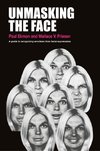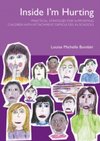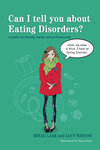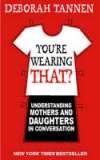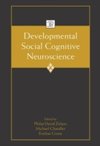
-
 Anglický jazyk
Anglický jazyk
Lesbianism
Autor: Source: Wikipedia
Source: Wikipedia. Pages: 49. Chapters: Lesbian, LGBT, Tribadism, Media portrayal of lesbianism, Separatist feminism, Butch and femme, Lesbian feminism, Women who have sex with women, Lesbian sexual practices, Compulsory Heterosexuality and Lesbian Existence,... Viac o knihe
Na objednávku, dodanie 2-4 týždne
16.11 €
bežná cena: 17.90 €
O knihe
Source: Wikipedia. Pages: 49. Chapters: Lesbian, LGBT, Tribadism, Media portrayal of lesbianism, Separatist feminism, Butch and femme, Lesbian feminism, Women who have sex with women, Lesbian sexual practices, Compulsory Heterosexuality and Lesbian Existence, Lesbian bed death, Dyke March, Gender Identities in Thailand, Leslie Feinberg, Lesbian utopia, Lesbophobia, U-Haul lesbian, Lesbian until graduation, Black triangle, Lizzy the Lezzy, Lipstick lesbian, Political lesbianism, Corrective rape, Chako Paul City, The Whole Lesbian Sex Book: A Passionate Guide for All of Us, Women only space, Soft butch, Le Sommeil. Excerpt: Lesbian is a term most widely used in the English language to describe sexual and romantic desire between females. The word may be used as a noun, to refer to women who identify themselves or who are characterized by others as having the primary attribute of female homosexuality, or as an adjective, to describe characteristics of an object or activity related to female same-sex desire. Lesbian as a concept, used to differentiate women with a shared sexual orientation, is a 20th-century construct. Throughout history, women have not had the freedom or independence to pursue homosexual relationships as men have, but neither have they met the harsh punishment in some societies as homosexual men. Instead, lesbian relationships have often been regarded as harmless and incomparable to heterosexual ones unless the participants attempted to assert privileges traditionally enjoyed by men. As a result, little in history has been documented to give an accurate description of how female homosexuality has been expressed. When early sexologists in the late 19th century began to categorize and describe homosexual behavior, hampered by a lack of knowledge about lesbianism or women's sexuality, they distinguished lesbians as women who did not adhere to female gender roles and designated them mentally ill. Women in homosexual relationships responded to this designation either by hiding their personal lives or accepting the label of outcast and creating a subculture and identity that developed in Europe and the United States. Following World War II, during a period of social repression when governments actively persecuted homosexuals, women developed networks to socialize with and educate each other. Greater economic and social freedom allowed women gradually to be able to determine how they could form relationships and families. With second wave feminism and growth of scholarship in women's history and sexuality in the 20th century, the definition of lesbian broadened, sparking a deba
- Vydavateľstvo: Books LLC, Reference Series
- Rok vydania: 2012
- Formát: Paperback
- Rozmer: 246 x 189 mm
- Jazyk: Anglický jazyk
- ISBN: 9781156811733
